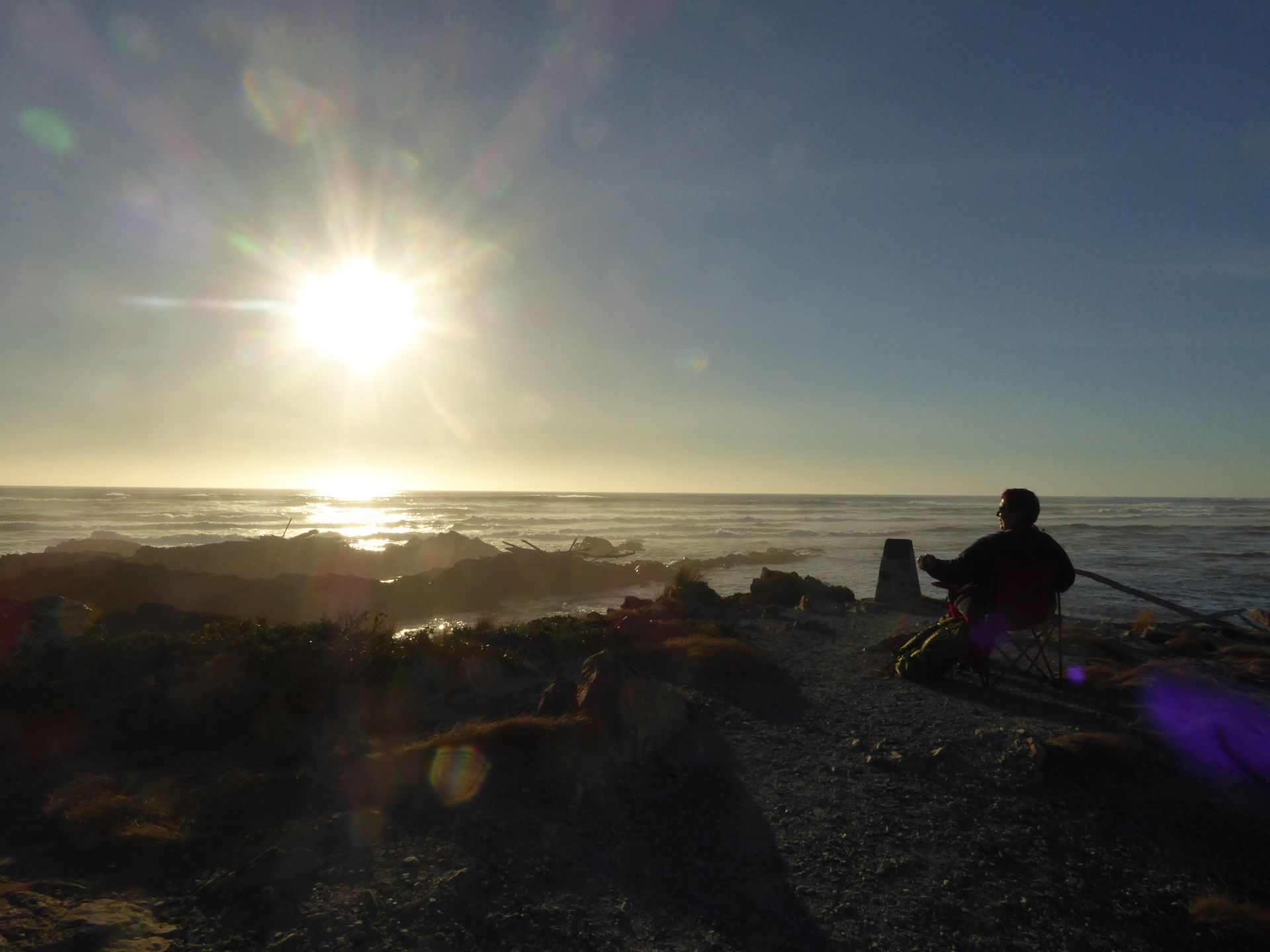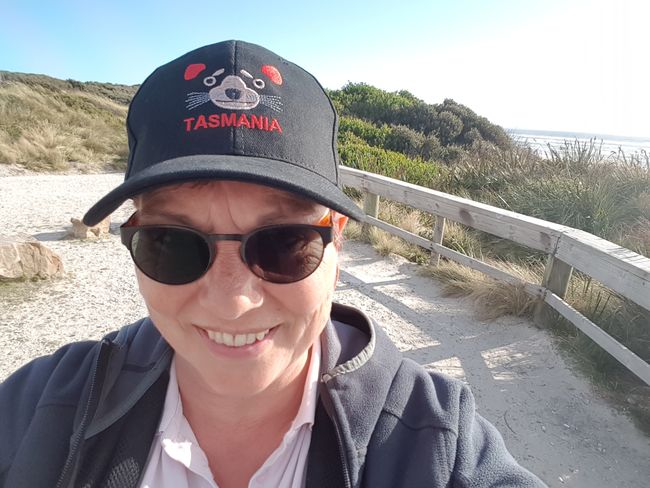22km of lonely gravel road and a meadow full of kangaroos for me
Cyhoeddwyd: 06.02.2018
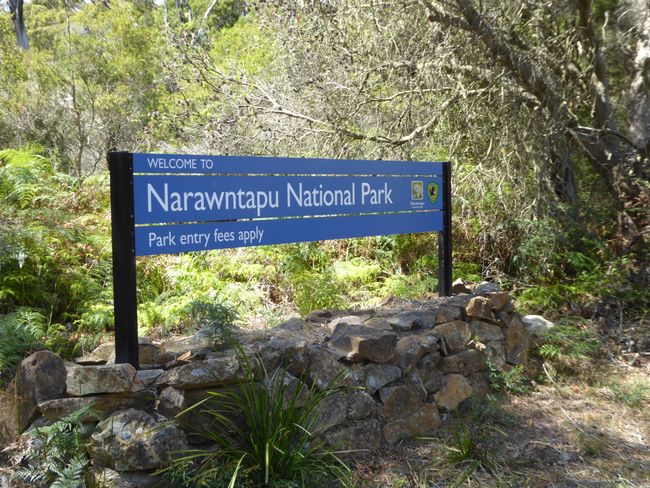
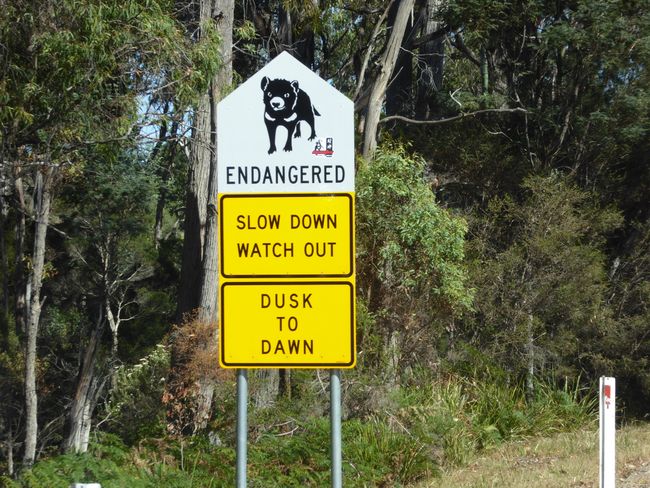
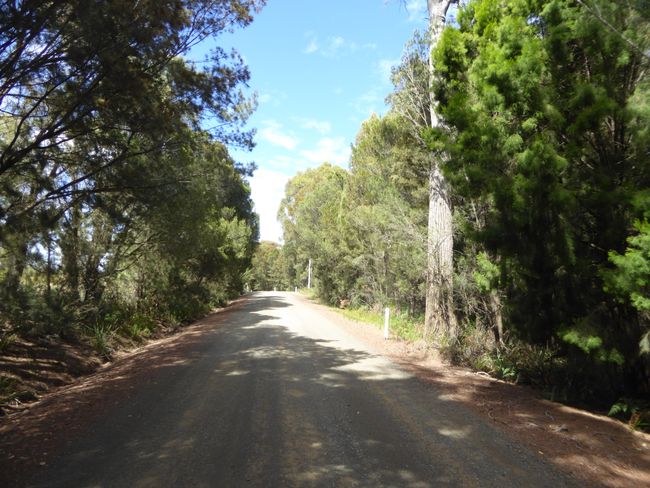
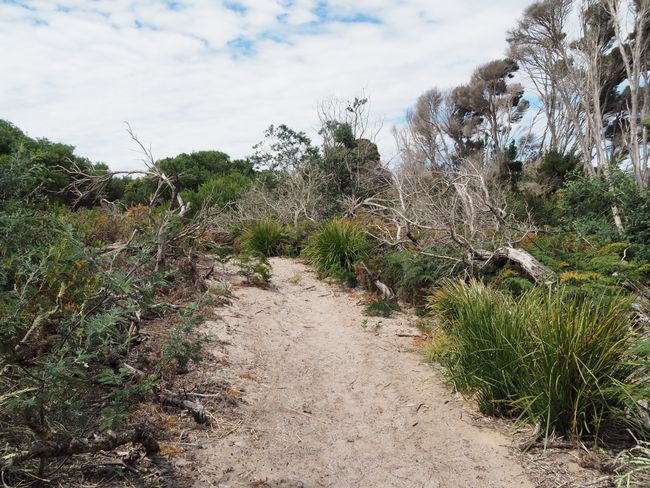
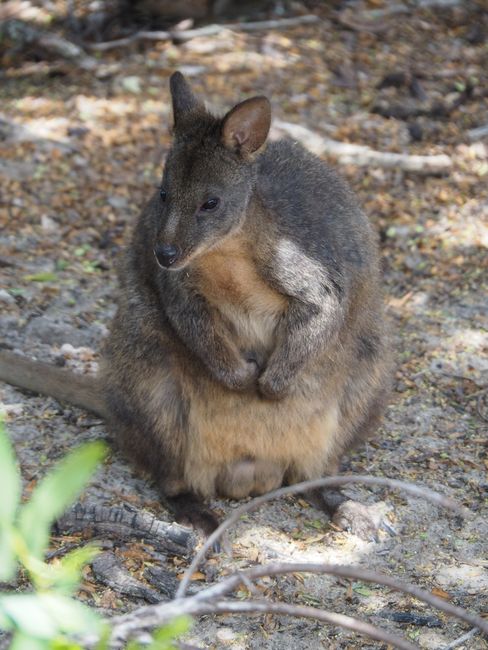
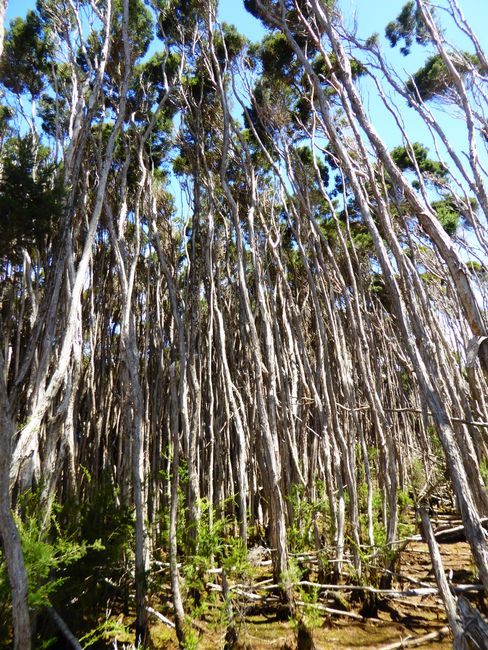
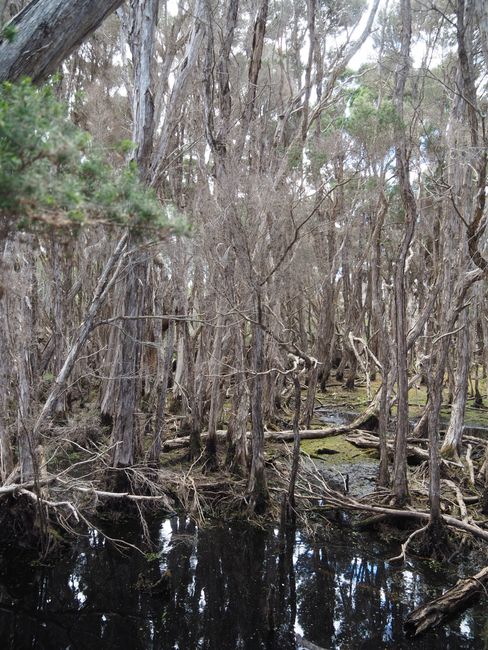
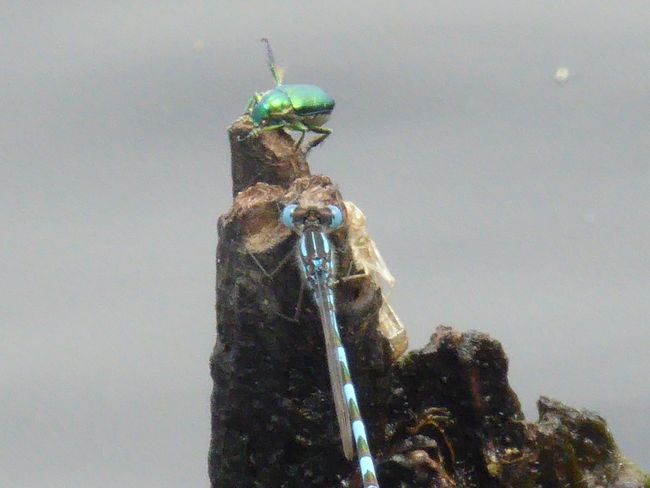
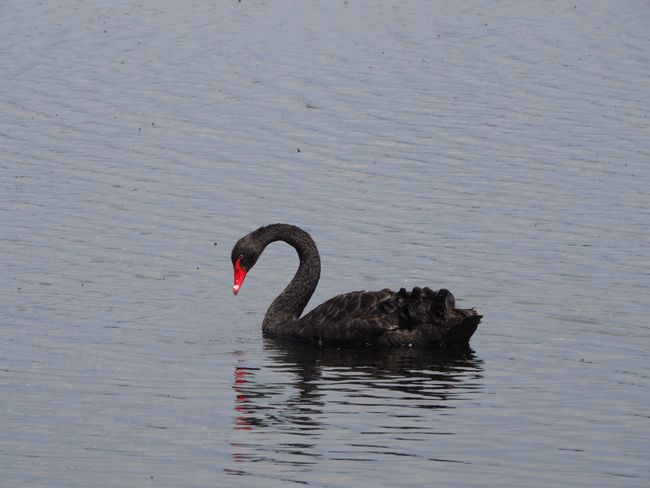
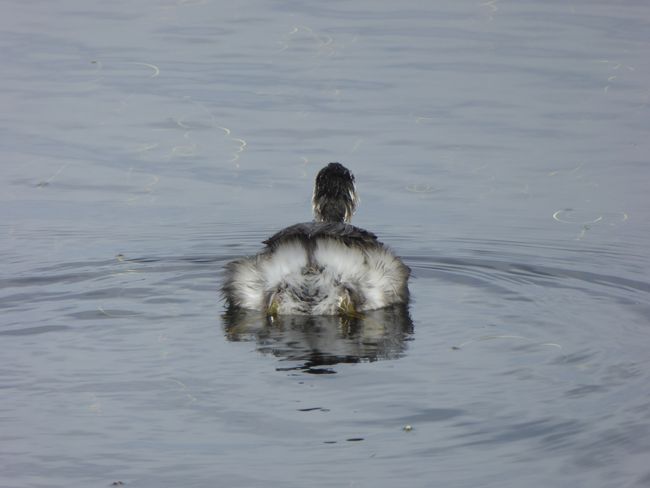
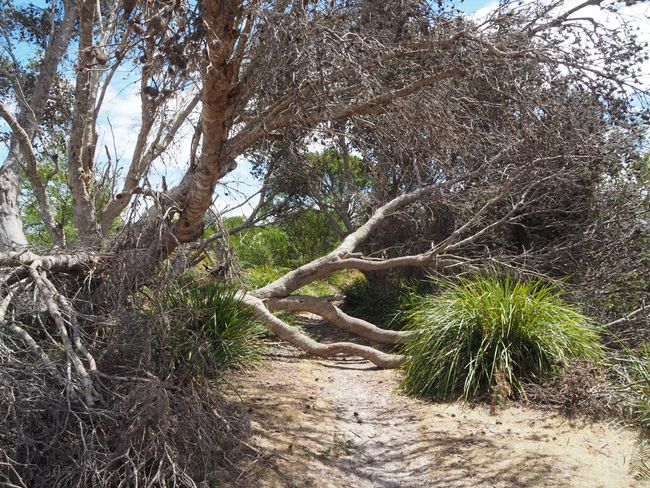
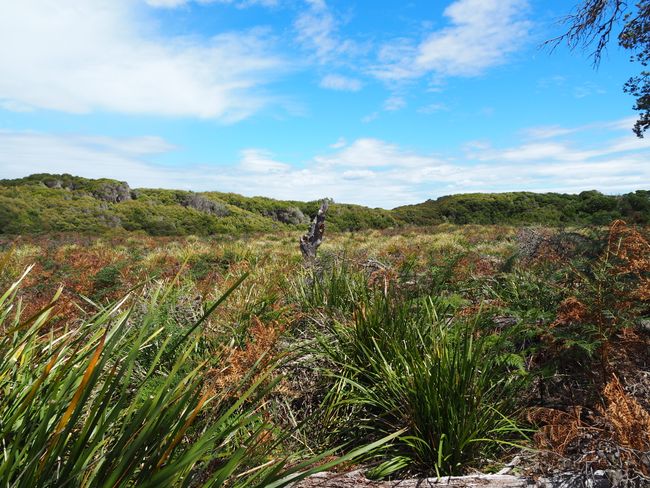
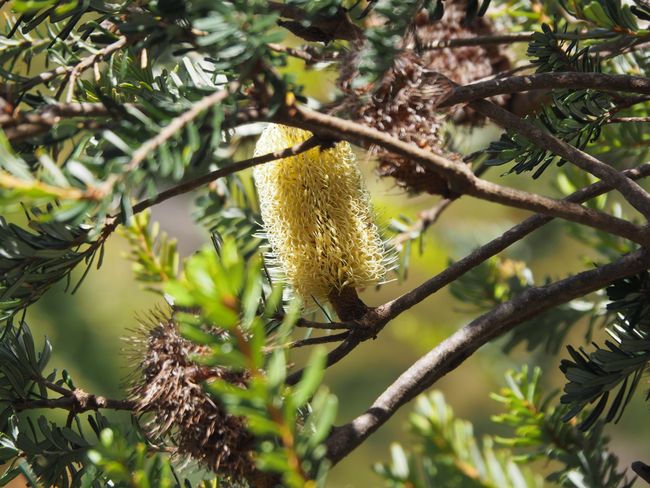
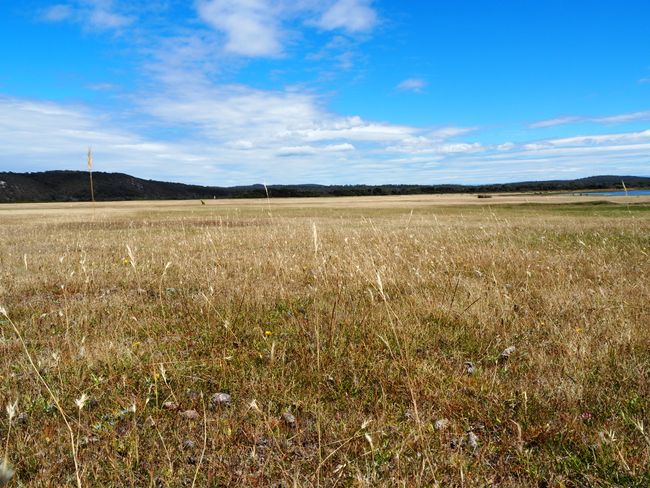
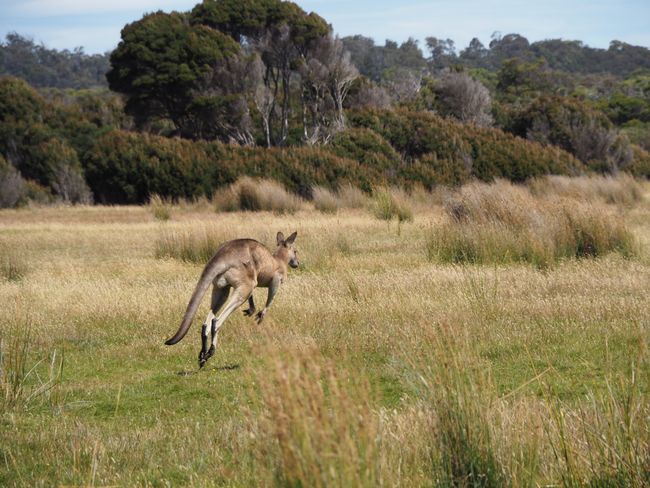
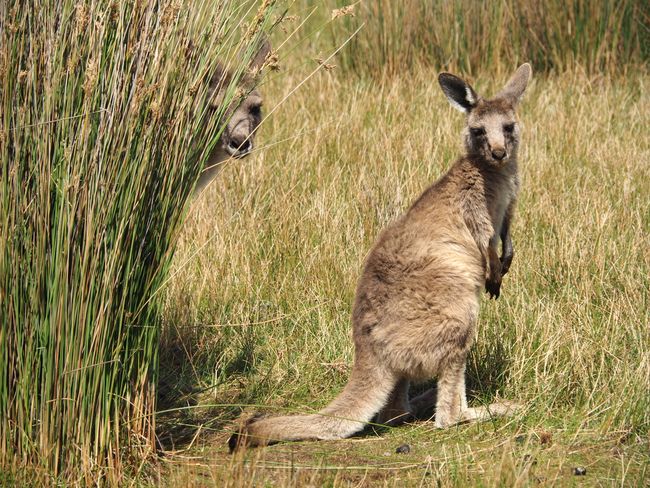
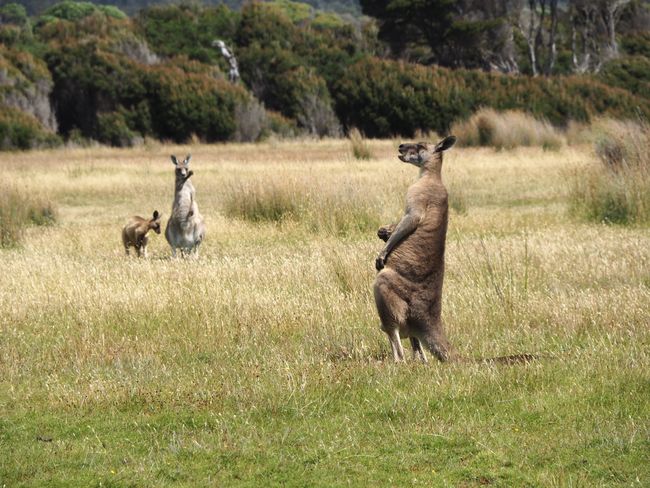
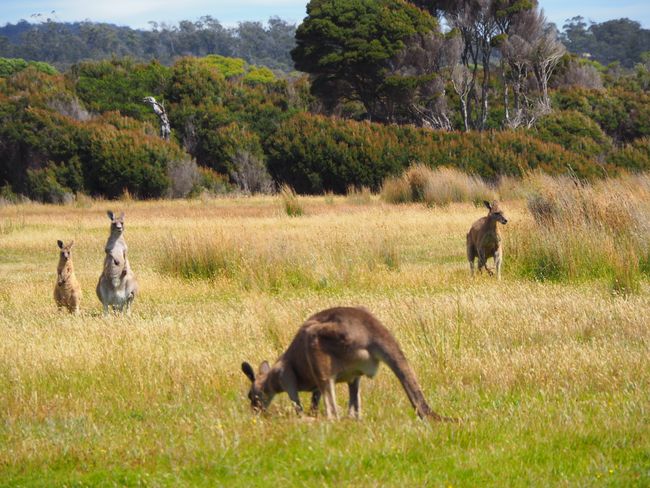
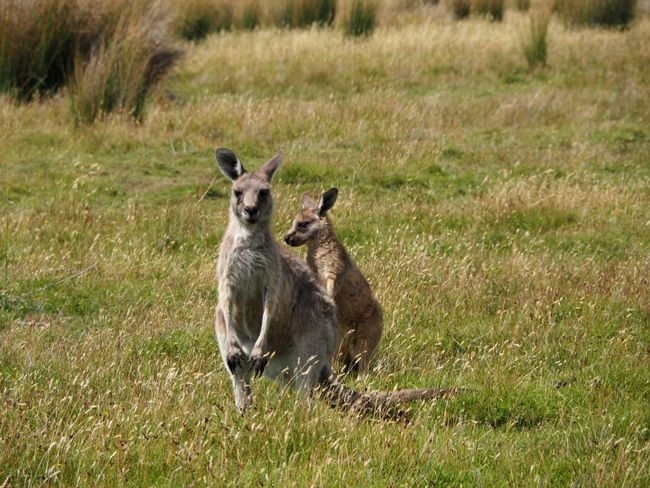
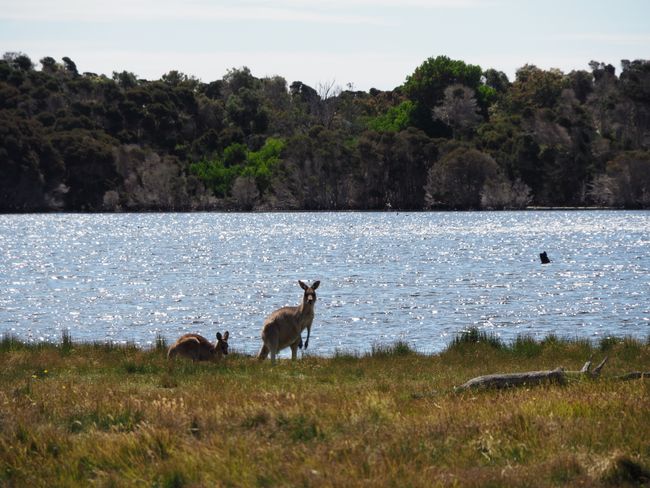
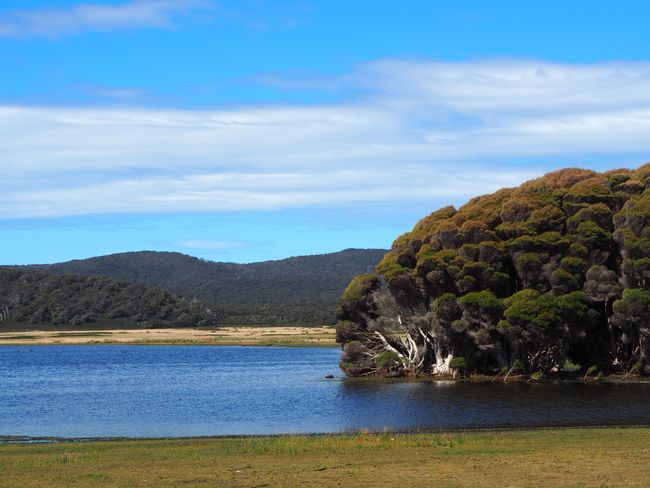
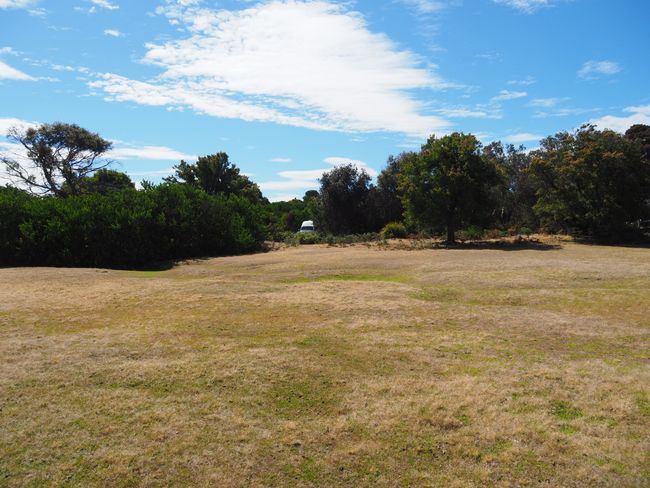
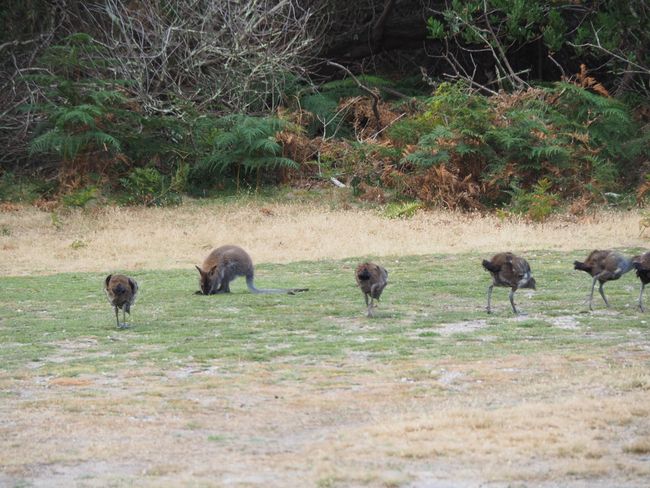
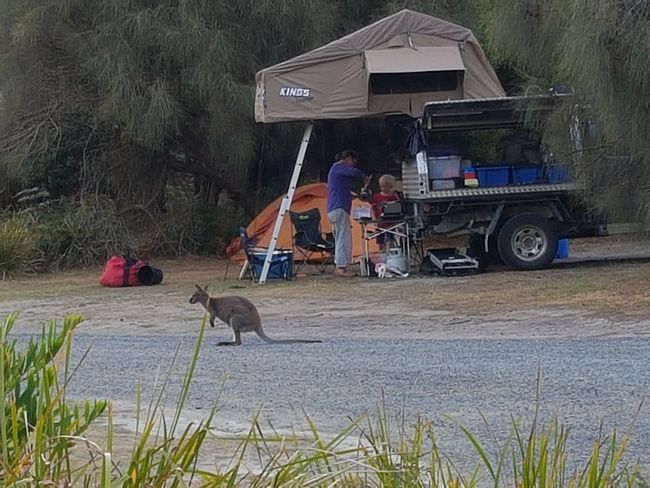
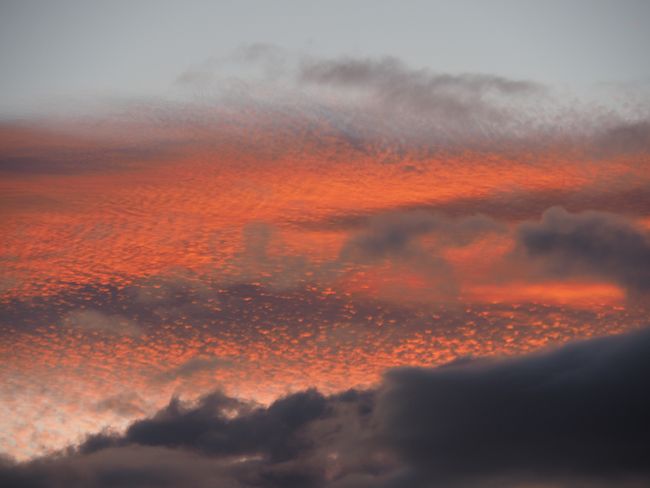
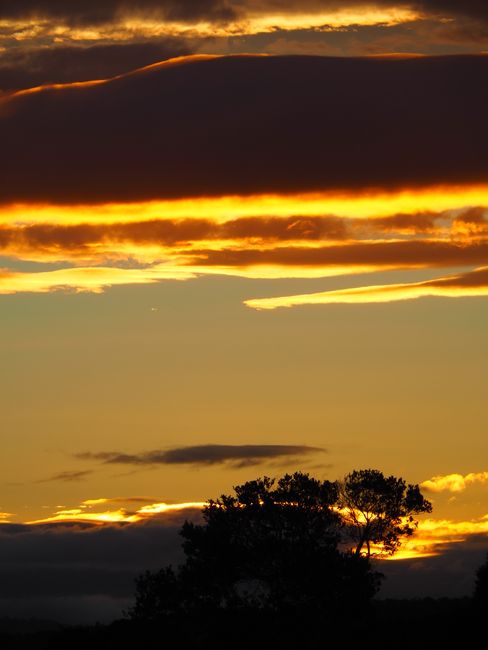
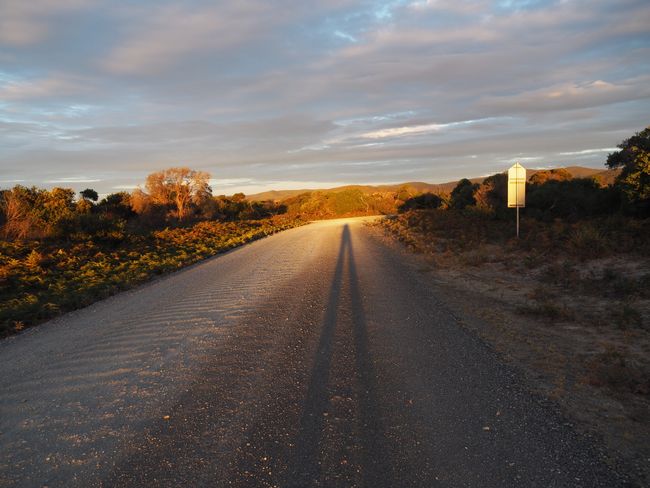
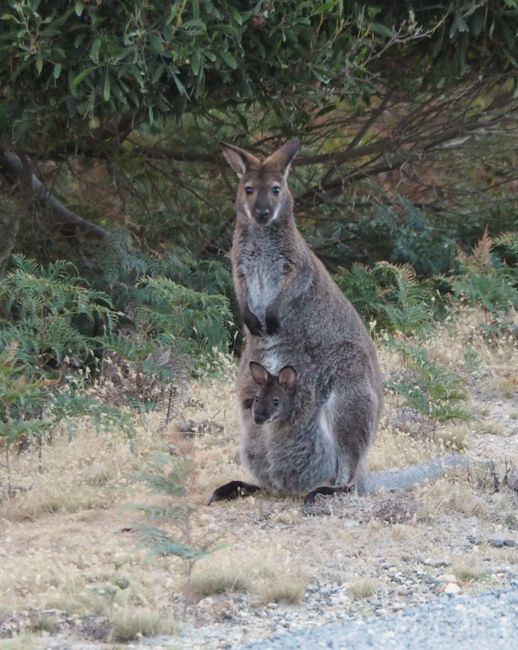
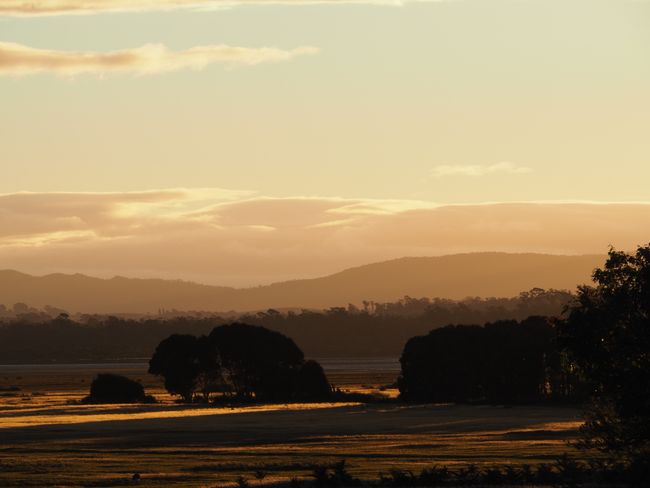
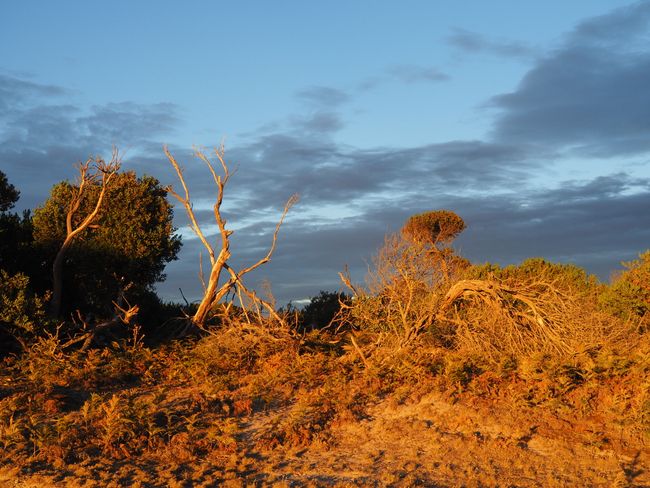
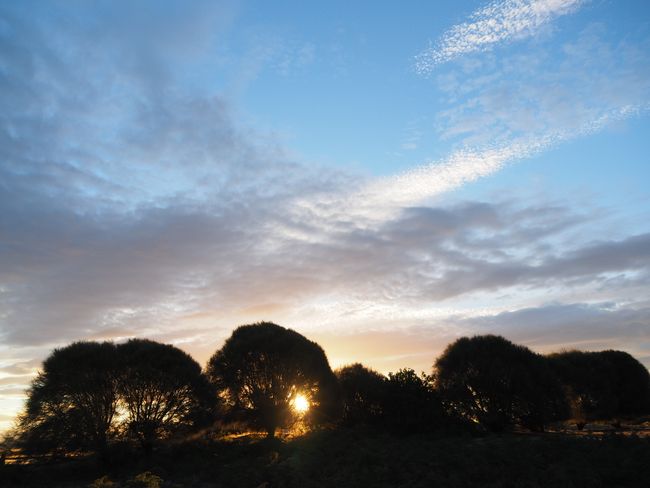
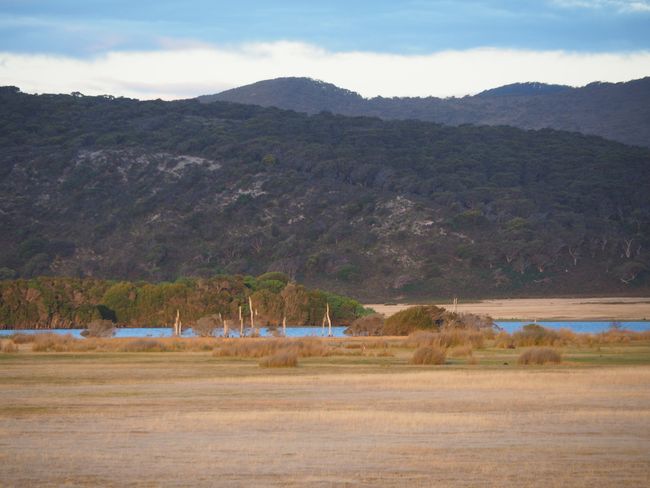
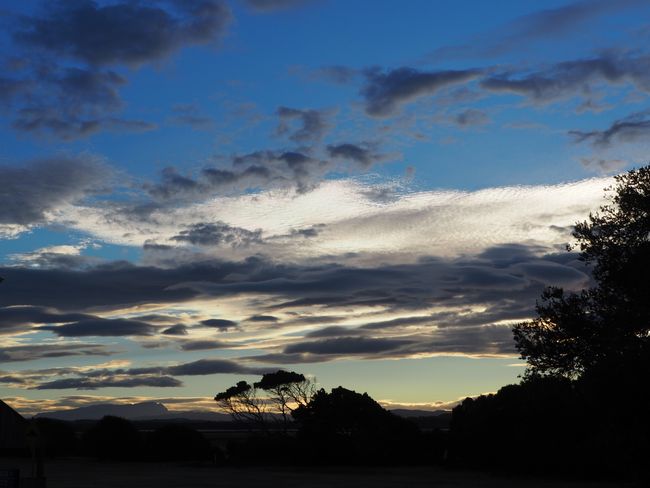
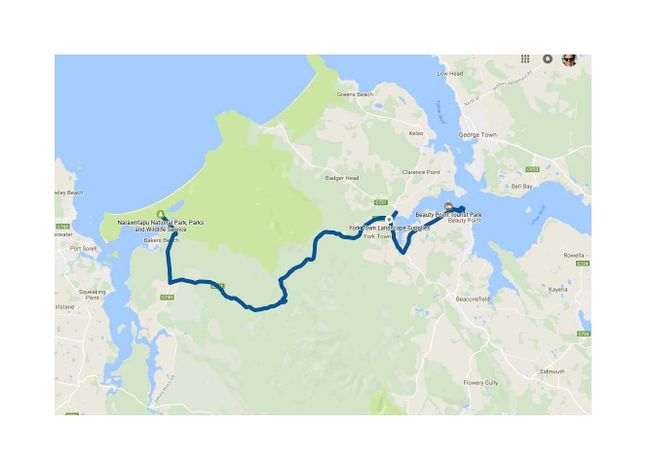
Tanysgrifio i'r Cylchlythyr
Sunday, 14.1.18
Nice warm shower, breakfast, wash everything again, pack up, secure cupboards. I can use tap water to wash up here in the kettle, as I have a powered site. Otherwise, I have to heat up the water in the kettle on the gas stove. Since everything needs to be securely stowed for the short drive, I can't leave any unused dishes lying around. It takes time until everything is ready to go. Without stress, it's always around 10:00 a.m. before I can hit the road after getting up, showering, having breakfast, washing up, stowing, disconnecting the external power cord, rolling it up, throwing it in the back, making the bed.
Today, my trip is actually quite short, as I am heading to one of my highlights, the Narawntapu National Park, which is only 22km away from Beauty Point. I can't determine the quality of the road. It's a C-road with three numbers, so it's rather small. But I've experienced such roads with the best asphalt and also as gravel roads - so anything is possible. First, I drive to York Town, one of the first British settlements here in northern Tasmania. But there is nothing left of it and there is only a fairly dense overgrown trail leading to nowhere, so I turn around shortly afterwards because I don't have proper shoes or long pants on and still have a reasonable respect for unexpected encounters with snakes. There are no house remains or anything like that here, but in the end, at the end of this trail, there is probably just a view of the area where York Town used to stand.
Initially, my navigation system wants to lead me into an unpaved dead end. So I switch to the other navigation system and have to turn around again. Shortly after York Town, another gravel road begins, which at least goes through, towards Narawntapu. However, this is the worst track I have driven on during this trip. At some point, there are signs indicating that this road is only used for forest fire operations and is not maintained, and that caution should be exercised. I have no cell phone network. There are huge potholes, curves, it goes uphill over several hills, sometimes frightened kangaroos dart into the bushes on the left and right. The entire contents of my camper clatter and rattle, and it is a deafening noise to bump over the many ridges and through the holes. Now I just don't want to have a breakdown, just not get stranded - I don't see any cars or people here, it's hot and dry, and I really don't have a good feeling. The C741 is not becoming my favorite road. My navigation system says to turn in 10km and I think - that's doable. After 10km, there is a curve and the navigation system says to turn in 7km. Well done! About 5km later, I encounter a lone mountain biker. If I had had a breakdown 10km earlier, he might have passed by me at some point. Very reassuring... Just before the end of this terrible stretch, I come across some motocross riders - yes, this is paradise for them. Maybe not so much for campervans...
2 hours after leaving Beauty Point and the short stop in York Town, I arrive at Narawntapu National Park. They even have powered sites, so I book 2 nights right away. Now really cheap for $16 per night. I buy two tokens for the showers, each for $2. That will give me 4 minutes of hot water.
http://www.parks.tas.gov.au/?base=3665
There is no drinking water here. The water that comes out of the taps is rust brown and should be boiled as it is untreated. Very delicious... Luckily, I bought 6 large bottles of drinking water, which I use for making coffee, brushing my teeth, and tea, and now also for washing up.
The staff at the Visitor Center are extremely helpful. It is a small facility with only one person here. There are not even 5 cars in the parking lot and only 2 other people at the campground. From the Visitor Center, you have a direct view of the Springlawn, the meadow where lots of animals are supposed to appear after sunset. I'm so excited. I read about it in a blog and saw it on YouTube, that's why I came here. The National Park is still relatively unknown even among Tasmanians. It used to be called Asbestos NP, which probably didn't make it an attractive destination. There is nothing else around here. The next town is Port Sorell, which can be reached after about a 25-minute drive.
After getting some information, I put on my hiking pants and hiking shoes and start walking at 1:30 p.m. The girl at the info desk told me various things about hiking trails and animals, so I first want to walk leisurely to the Bird Hide and then decide whether I want to walk around the lagoon, which is a cross-country hike on the opposite bank.
The path is sandy and densely overgrown on both sides, so I take a close look at what is lying around. A pademelon is sitting in the shade and eating. To get to the Bird Hide, you have to cross a small bridge through a swampy and enchanted area with tall, thin trees and lots of green moss.
I am mostly alone in the bird hide and see the funny hairy-headed grebes, a diving bird species, with its funny fluffy tail/bum, among many black swans. Many dragonflies are buzzing around here. Huge ones. On the opposite shore, I see kangaroos. So the temptation to walk around the lagoon increases more and more.
Suddenly it starts raining and the group of chatting English people is also gone. I sit dry and watch the activities in and on the water until it's dry again. I continue walking, climb over a fallen tree, and then find the way to the right to go around the end of the lagoon to the other side. After walking through bushes and undergrowth so far, the forest now opens up and I find myself on an endless plain with low clumps of grass growing on small mounds of earth. This makes walking a bit unpleasant, but overall it's great to walk here because soon I see a series of kangaroos. Not wallabies or pademelons, but real forrester kangaroos, which look at me critically but mostly sit quietly or hide behind taller grasses, hoping I won't see them. There are unlimited photo opportunities and I am totally thrilled, even though I don't see any wombats. The wombat population here is 95% gone. They died from a disease called "mange," which has spread here like wildfire. There are now only a few wombats left at the end of the National Park, around Bakers Point, near the campground, which is about 9km away from where I pitched my camp, where they have been sporadically sighted in the late evening. The disease is accompanied by hair loss, itching, and infections from scratched wounds, which leads to death and has severely decimated the wombat population in certain areas of Tasmania.
I continue walking among "my" kangaroos, including young ones who seem to be happy to hop around outside their mother's pouch for a few rounds. To stand here, in the middle of nature, between about 15-20 kangaroos on an open meadow, not in a zoo - that is unforgettable.
After 3.5 hours, I reach my camper again. The entire circuit is supposed to take 2 hours, but you can only do it if you never stop to look, take photos, and enjoy the scenery. What a great hike, what a fantastic day!
I back up my pictures, quickly make myself a sandwich, and walk to the Visitor Center, which has been closed since 4 p.m., but has an elevated position and now I want to observe the Springlawn at sunset. However, there is hardly any movement on the large meadow. But there are some wallabies hopping around on the campground between the three campers, some geese, and there are about 6-7 wallabies and kangaroos within direct sight of my camper, which makes my position here at the Visitor Center not so great.
I follow the sandy path on foot that leads into the National Park and immediately a larger kangaroo with a joey in its pouch sits in front of me by the roadside. The sun sets just before 9:00 p.m. and leaves behind a glowing red sky against which the silhouettes of tall eucalyptus trees, various bushes, and tree skeletons offer absolutely fantastic photo opportunities. From afar, you can hear the sound of the sea, but you can only reach it with a 20-minute walk, and I don't want to walk back uphill in the dark. So I enjoy the atmosphere, the incomparable light, and the wallabies and kangaroos, which now sit more and more in the twilight.
I open the tailgate of my camper and sit there to have a better view of the Springlawn and the wallabies and kangaroos munching just 10m in front of me. With a cool glass of white wine - what a day, what a gift such a trip is for one's own life.
How great it is to be on the road with a camper. I've never done that before and had doubts about whether it would be right for me, this simple life without a toilet and shower - but it's no big deal and the advantages of sitting here in the middle of nature under an incredibly huge starry sky and seeing animals is so much better than sitting in a hotel room. I'm so glad I did this.
Tanysgrifio i'r Cylchlythyr
Ateb
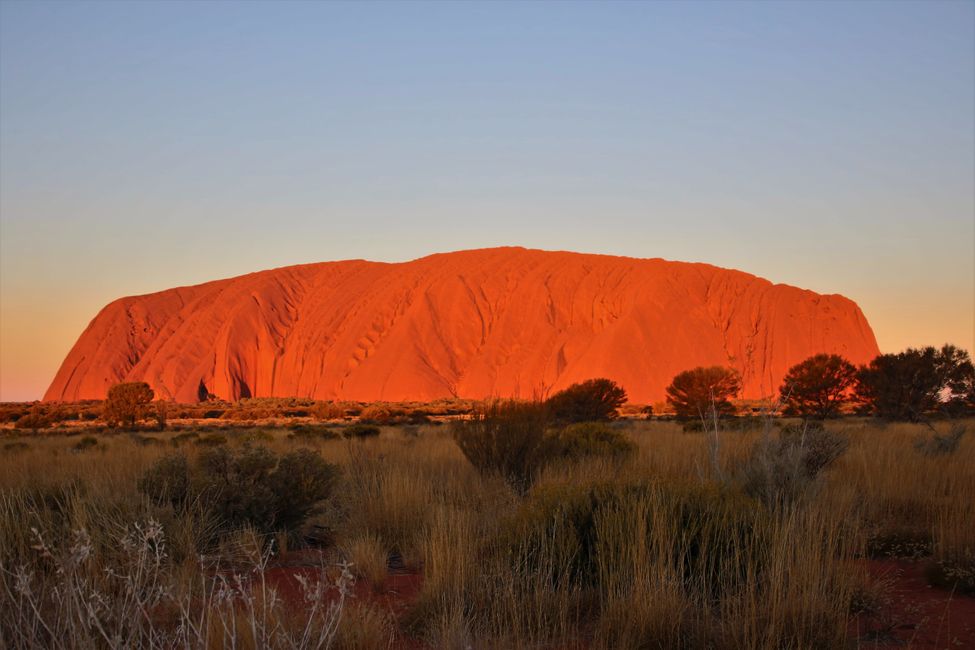
Adroddiadau teithio Awstralia
